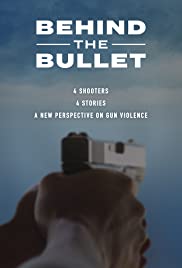
An in-depth look at four individuals who have pulled the trigger and the profound impact it’s had on their lives.
You May Also Like

A woman from Brighton meets up with a Canadian guy and falls in love, only to find out he has big secrets, ending up with a nightmare of a stalker.
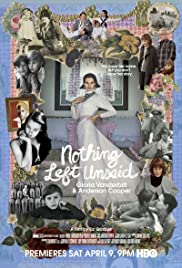
Born into one of the wealthiest and best-known families in American history, Gloria Vanderbilt has lived in the public eye for more than 90 years, unapologetically pursuing love, family and career, while experiencing extreme tragedy and tremendous success side by side. This documentary features a series of candid conversations as Vanderbilt and her youngest son, Anderson Cooper, look back at her remarkable life.
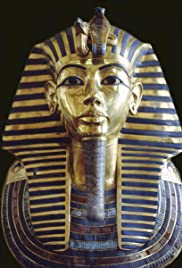
What killed King Tutankhamun? Ever since his spectacular tomb was discovered, the boy king has been the most famous pharaoh of all ancient Egypt. But his mysterious death, at just 19 years old, has never been explained. In this BBC One special, presenter Dallas Campbell reveals new scientific research and carries out unique experiments to get to the truth. For the first time, a virtual autopsy of Tut’s mummified body reveals astonishing secrets about the pharaoh. Using CT scan data, the programme creates the first ever full size, scientifically accurate image of the real Tutankhamun. Brand new DNA analysis uncovers a shocking secret about Tut’s family background, and the genetic trail of clues leads to a radical and revolutionary new theory to explain Tut’s sudden and unexpected death. This is an epic detective story that uncovers the extraordinary truth of the boy behind the golden mask.
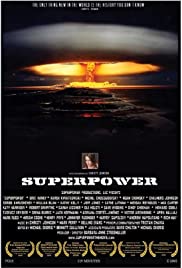
Superpower illustrates how the United States has leveraged its position to ensure unilateral world domination through absolute economic and military superiority and government deception.
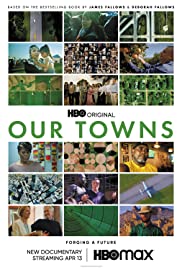
A documentary that paints a remarkable picture of America and how the rise of civic and economic reinvention is transforming small cities and towns across the country. Based on journalists James and Deborah Fallows’ book Our Towns: A 100,000-Mile Journey into the Heart of America, the film spotlights local initiatives and explores how a sense of community and common language of change can help people and towns find a different path to the future.
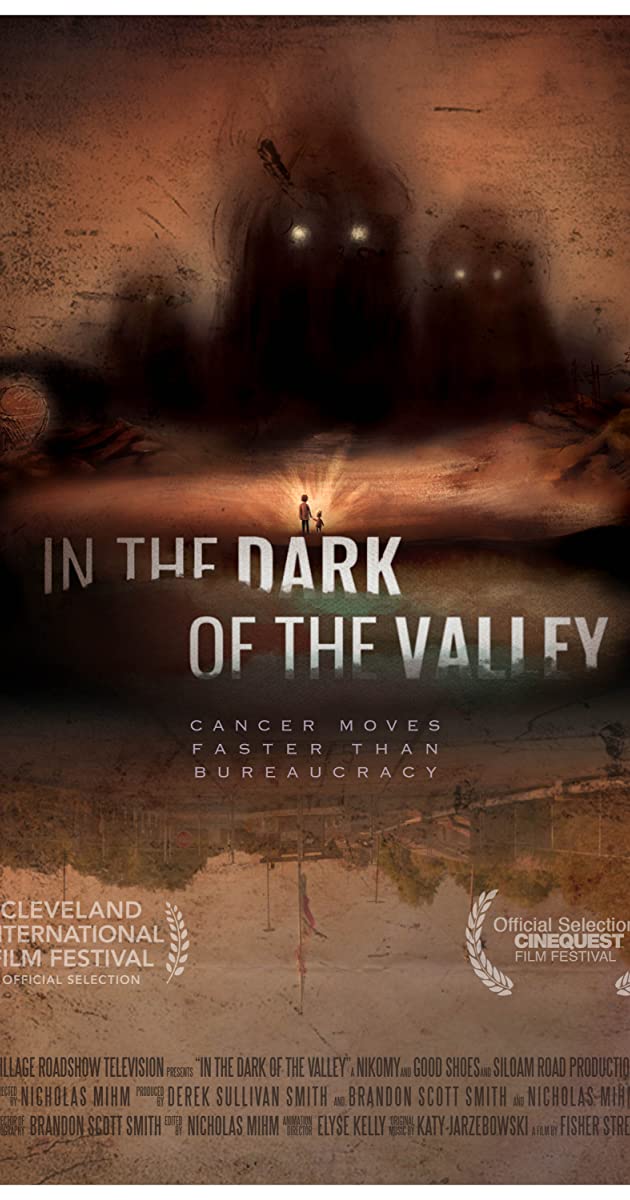
In 1959, an unconfined partial meltdown of a sodium reactor at the Santa Susana Field Lab caused such a devastating radiation leak, that many consider it to be the worst nuclear disaster in U.S. history. What intensifies the situation, is that it’s located just 30 miles from Downtown Los Angeles. For twenty years, this nuclear meltdown was concealed from the public eye; the resulting contamination never to be fully eradicated. Years of
subsequent investigations have uncovered a number of catastrophic accidents that occurred on the site as well as decades of improper handling of radioactive materials, including the practice of open air burn pits that spread clouds of radioactive waste across the surrounding valley. SSFL is now believed to be one of the most contaminated sites in the world.
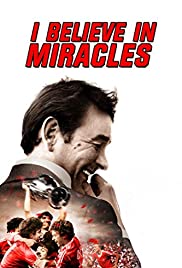
Documentary following the history making Nottingham Forest football team led by Brian Clough and Peter Taylor that won back to back European cups.
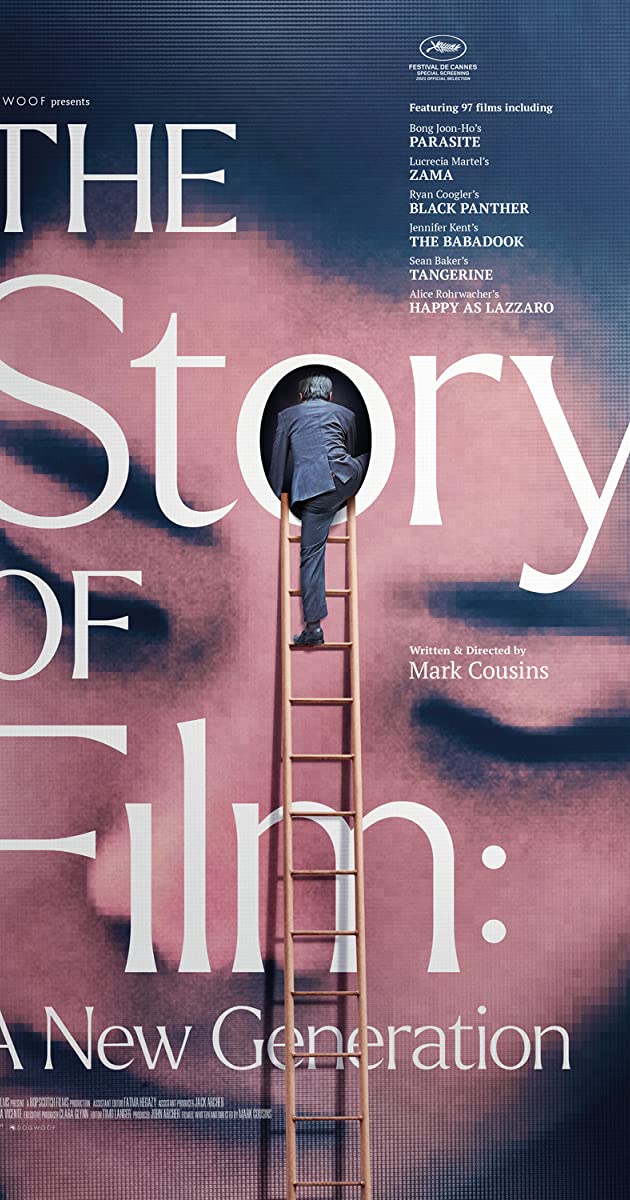
The final chapter of his exceptional 15-part documentary exploring the history of cinema, The Story of Film: An Odyssey. Mark Cousins builds a bridge between the “before” of the health crisis, and the “after”.

Victor Fleming’s 1939 film The Wizard of Oz is one of David Lynch’s most enduring obsessions. This documentary goes over the rainbow to explore this Technicolor through-line in Lynch’s work.
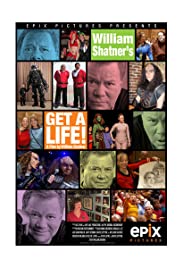
An EPIX Original documentary directed by William Shatner, based on his hugely popular book, in which he examines the cultural phenomena of STAR TREK, its fan-following and his own role within it.
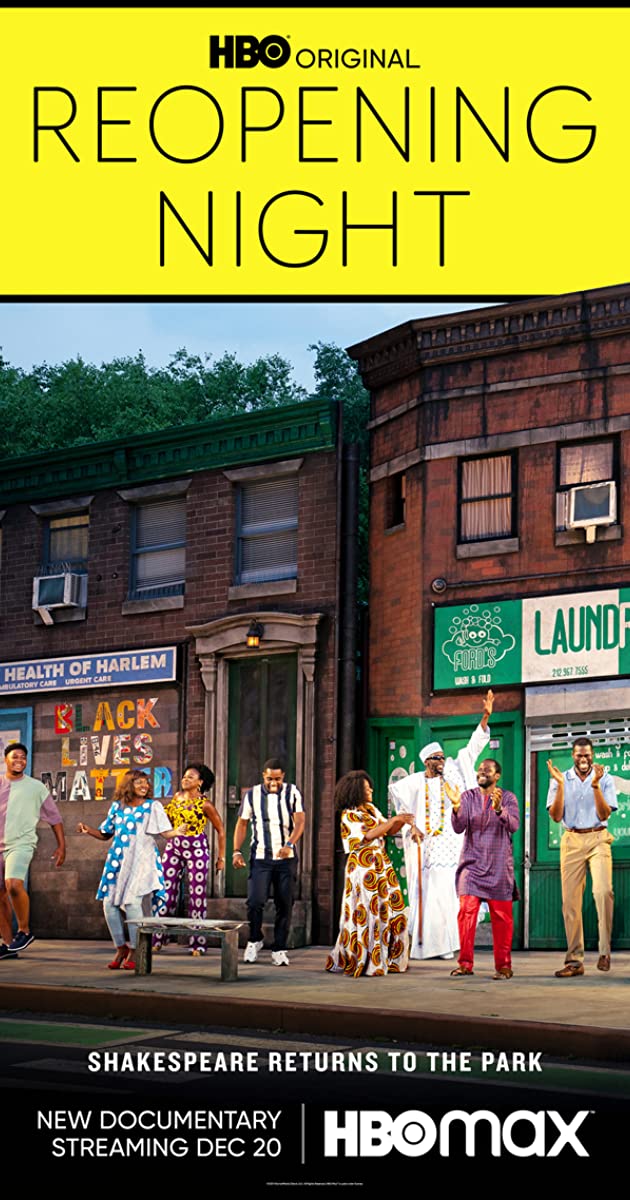
This documentary follows the cast, crew and staff of the world-famous Public Theater as they prepare to mount an all-black adaptation of Shakespeare’s “Merry Wives,” at the open-air Delacorte Theater in New York City. Contending with the ever-present threat of COVID-19 and one of the rainiest Julys on record, the production marks the return of live theatre following more than a year of closures in the city.

The history of the Warsaw Ghetto (1940-43) as seen from both sides of the wall, its legacy and its memory: new light on a tragic era of division, destruction and mass murder thanks to the testimony of survivors and the discovery of a ten-minute film shot by Polish amateur filmmaker Alfons Ziółkowski in 1941.